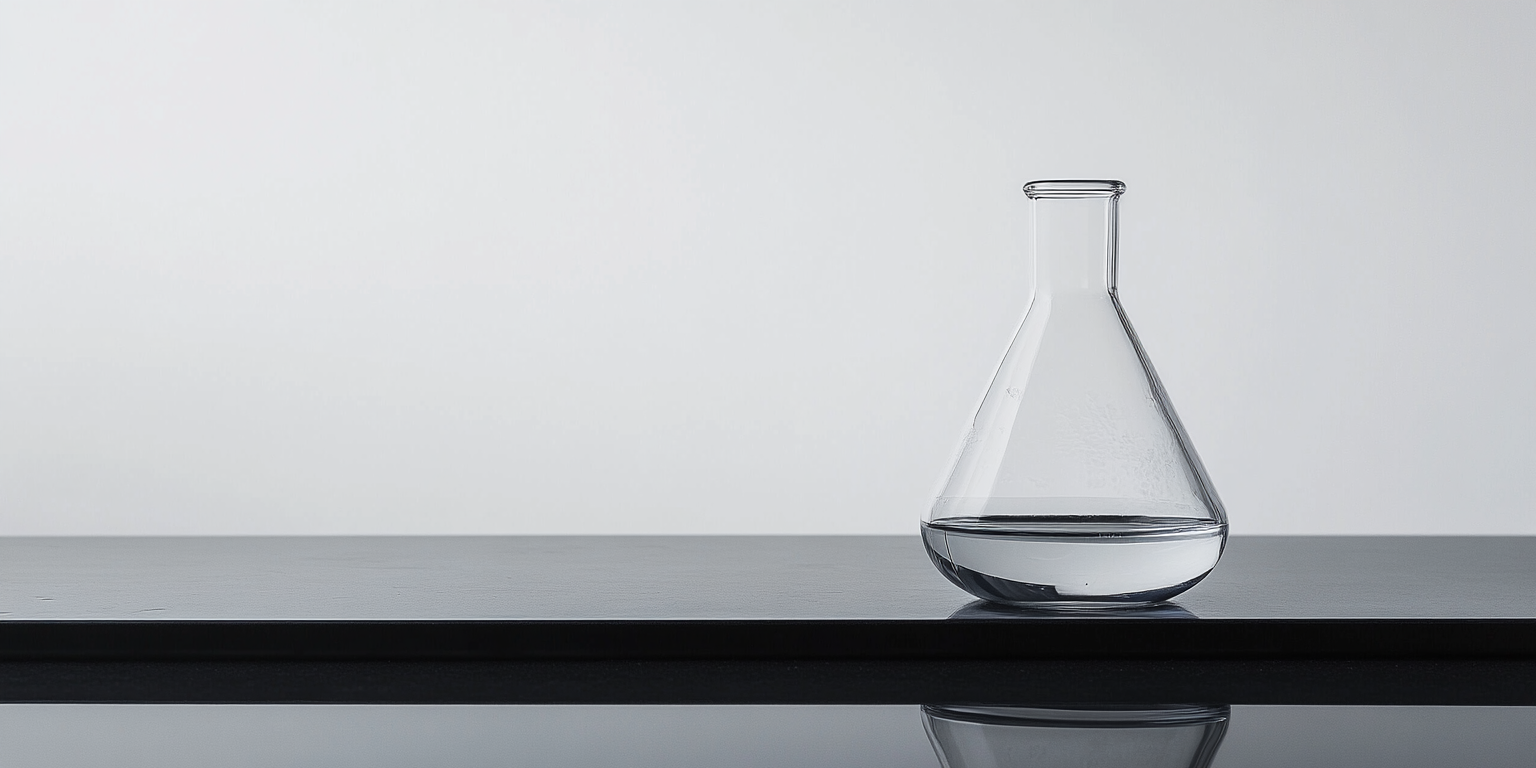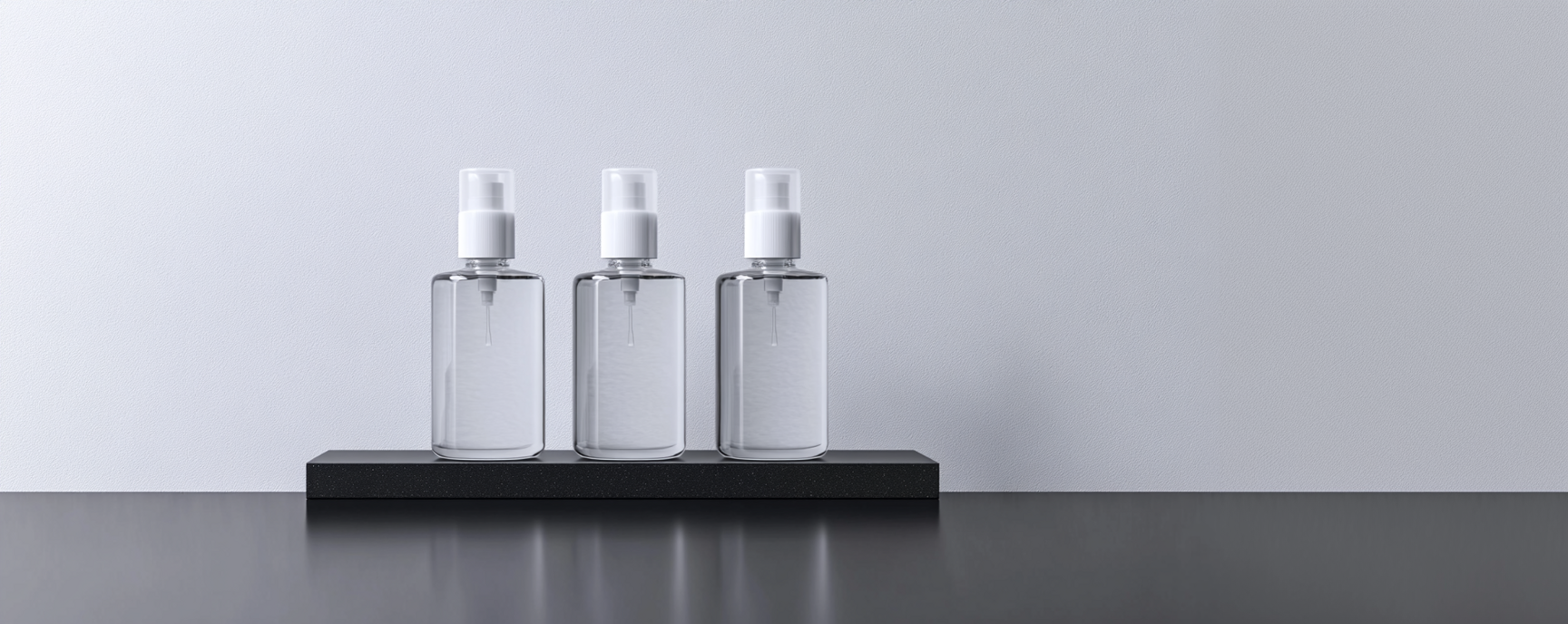my confidence is back! My chest acne made me dread wearing v-necks. It feels so good to wear what I want again.
1,2-Hexanediol for Acne: Why This Preservative Prevents Breakouts

How 1,2-Hexanediol Benefits the Skin
Enhances Product Penetration:
Moisturizes the Skin:
Preserves Product Integrity:
Gentle on Sensitive Skin:
Why 1,2-Hexanediol is Important in Bacne Treatments

Related Links :
What is Glycerin?
Glycerin, also known as glycerol, is a versatile and natural compound derived from vegetable oils or animal fats. This clear, colorless, odorless, and syrupy liquid boasts a sweet taste, but its real magic lies in its skin benefits.
In the world of skincare, some ingredients have stood the test of time due to their effectiveness and versatility. One such ingredient is glycerin. Known for its incredible hydrating properties, glycerin is a staple in many skincare products, catering to various skin types and concerns.
How Does Glycerin Work?
Hydration:
Glycerin draws moisture into the skin on the back, helping to hydrate and soften dry patches often associated with acne treatments.
Moisture Retention:
By forming a protective barrier, glycerin helps prevent water loss from the skin's surface, maintaining optimal hydration levels even in acne-prone areas.
Skin Barrier Support:
Glycerin reinforces the skin's natural barrier on the back, which is crucial for protecting against environmental stressors that can exacerbate acne.
Soothing and Healing:
Its soothing properties can alleviate irritation and promote the healing of acne-related inflammation and minor wounds on the back.

How Does Glycerin Work?
Mandelic Acid:
Glycerin combined with mandelic acid helps to gently exfoliate the skin while keeping it hydrated, making it ideal for those with sensitive skin.
Salicylic Acid:
This combination is great for acne-prone skin, as glycerin helps to counteract the drying effects of salicylic acid while maintaining moisture balance.
What is Mandelic Acid?
Mandelic acid is a type of alpha hydroxy acid (AHA) derived from bitter almonds. Known for its gentle exfoliating properties, Mandelic acid is favored for sensitive skin due to its larger molecular size, which allows it to penetrate the skin more slowly and evenly. This makes it less irritating compared to other AHAs, such as glycolic acid.
|
When used in bacne sprays, Mandelic acid can reach difficult-to-treat areas like the back and shoulders, where acne often occurs. |
How does mandelic acid work?Gentle Exfoliation:Mandelic acid gently exfoliates the skin, removing dead skin cells and promoting cell turnover. Unclogs Pores:It effectively unclogs pores, reducing the formation of acne lesions and blackheads. Antibacterial Properties:Mandelic acid has natural antibacterial properties, which help combat acne-causing bacteria on the skin's surface. Reduces Inflammation:It calms inflammation associated with acne, minimizing redness and swelling. Regulates Sebum Production:Unlike harsher treatments, Mandelic acid helps regulate sebum production, balancing oily skin without over-drying. |

When used in bacne sprays, Mandelic acid can reach difficult-to-treat areas like the back and shoulders, where acne often occurs. Its exfoliating action helps to clear pores and reduce the formation of acne lesions. Studies have shown that Mandelic acid can improve the appearance of acne, including cystic acne, with consistent use. Users often report smoother, clearer skin without the dryness or irritation associated with other acne treatments.
Discover how caprylyl glycol fights acne and bacne. This multi-functional ingredient hydrates skin while preventing breakouts. Learn the science behind clearer skin.
What is salicylic acid?
Salicylic acid is a beta hydroxy acid (BHA) known for its ability to penetrate deep into the pores. Derived from willow bark, it is effective in treating acne due to its exfoliating and anti-inflammatory properties. Salicylic acid is particularly beneficial for acne-prone skin as it helps unclog pores and reduce acne breakouts.
|
Its ability to penetrate deep into the skin makes it ideal for treating acne on larger body surfaces. |
How does salicylic acid work?Exfoliation:Salicylic acid works by exfoliating the skin, removing dead skin cells and debris that can clog pores and lead to acne. Unclogging Pores:It penetrates into the pores to dissolve sebum and other substances that contribute to acne formation. Anti-inflammatory:Salicylic acid reduces inflammation, redness, and swelling associated with acne lesions, promoting faster healing. Preventing Future Breakouts:Regular use of salicylic acid helps prevent new acne breakouts by keeping pores clear and reducing bacterial growth. |

Salicylic Acid for Bacne
When formulated into a bacne spray, salicylic acid can effectively target hard-to-reach areas on the back and shoulders. Its ability to penetrate deep into the skin makes it ideal for treating acne on larger body surfaces. Studies and user testimonials often highlight its effectiveness in reducing bacne severity and improving skin texture.



